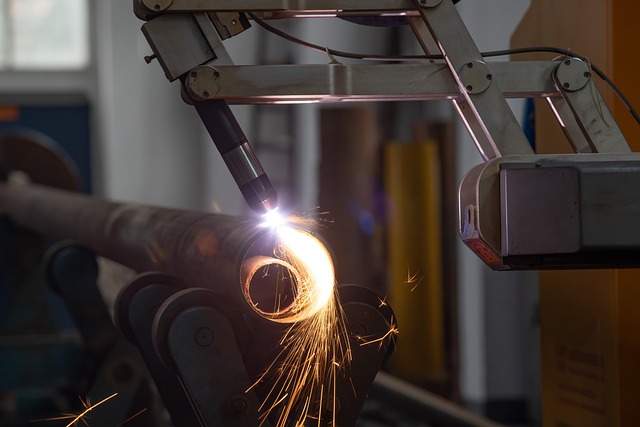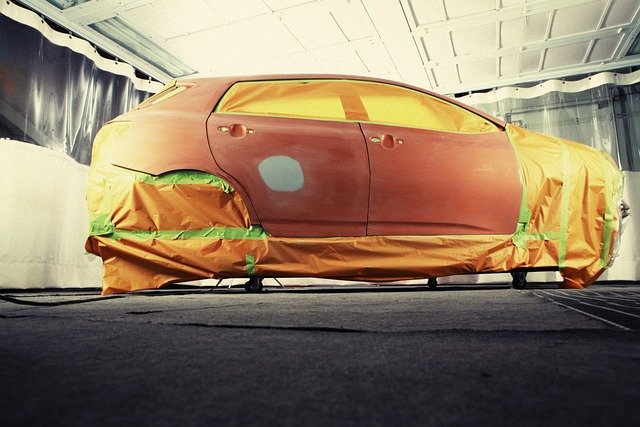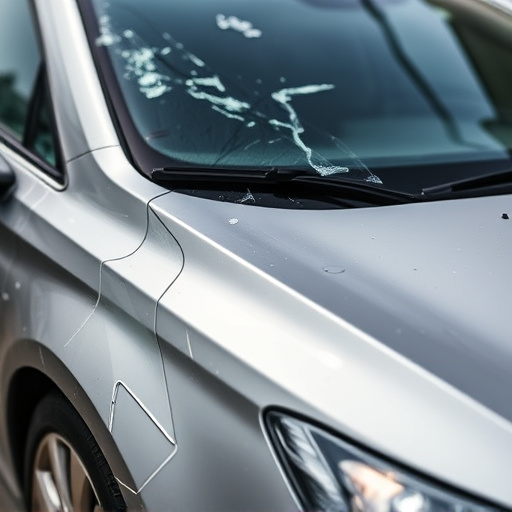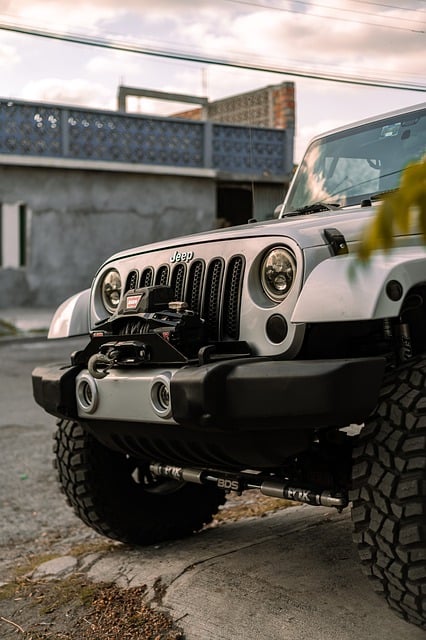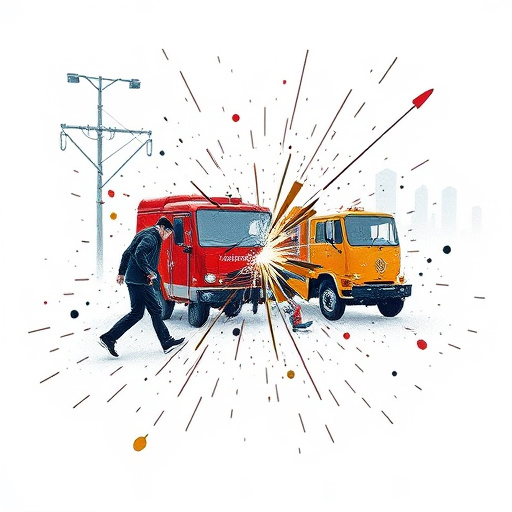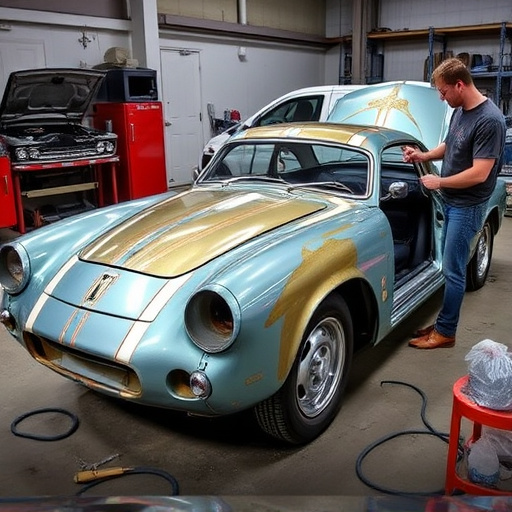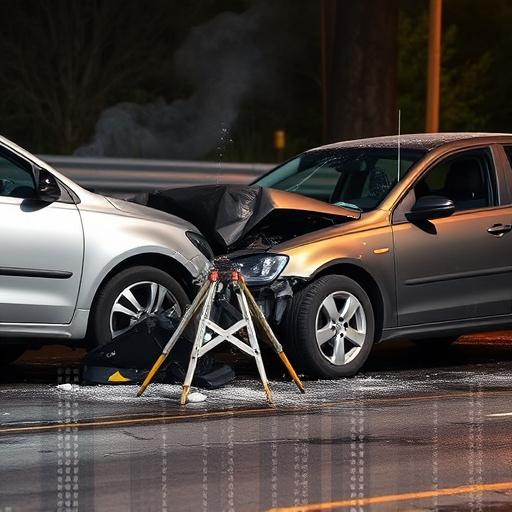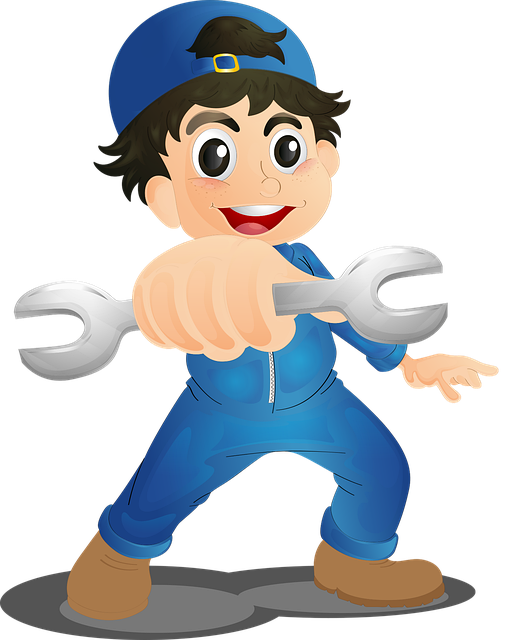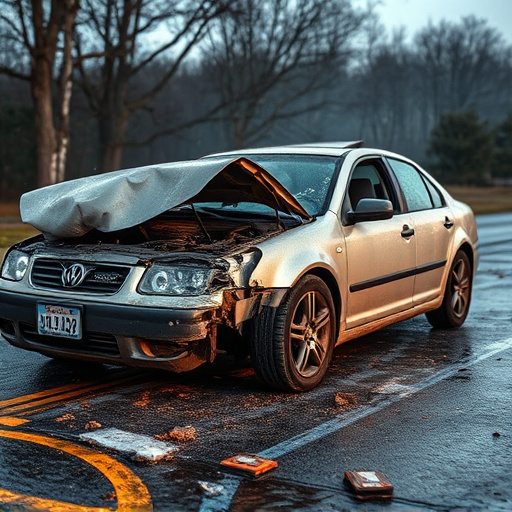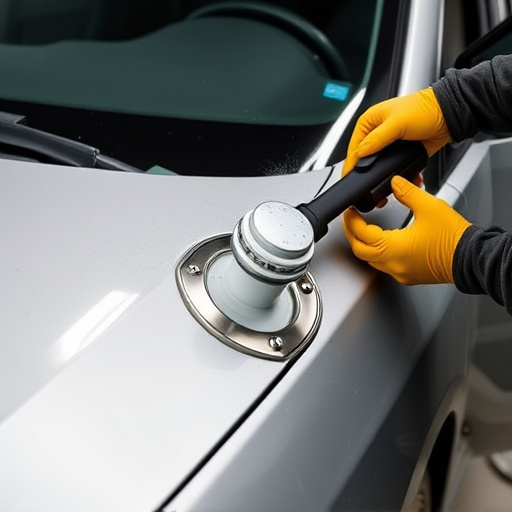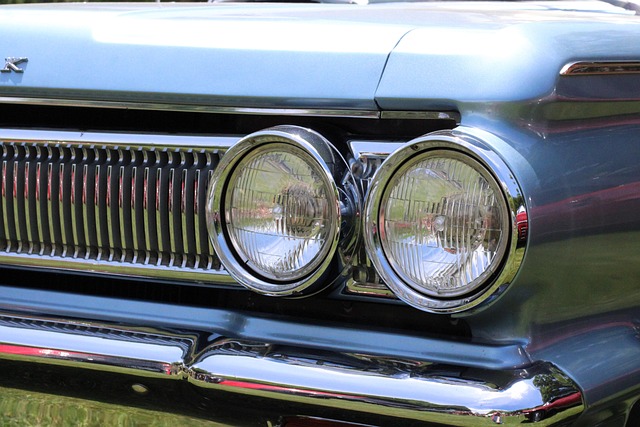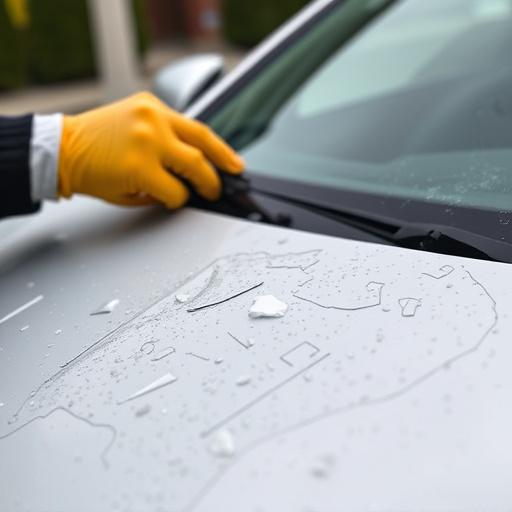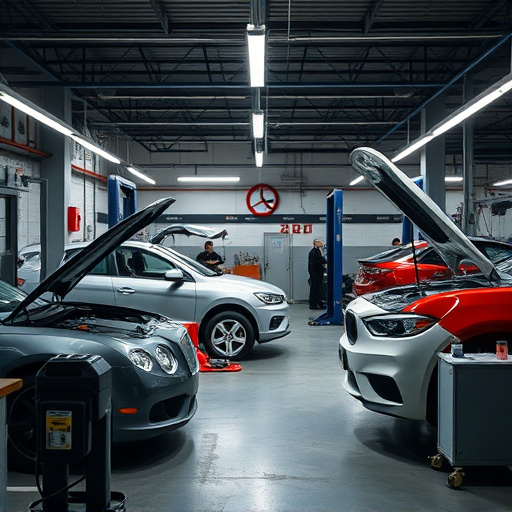Custom color matching is a specialized automotive repair process that replicates a vehicle's original factory finish with precise pigment analysis and mixing, primarily used for body repairs to maintain aesthetic value and resale potential. This advanced technology enhances collision repair efficiency, reduces labor costs, promotes environmental sustainability, and boosts customer satisfaction by eliminating imperfections and minimizing visual differences from the original finish, despite initial setup costs. Collision repair shops offering custom color matching attract customers seeking high-quality, cost-effective repairs.
Custom color matching is a precision art in the repair industry, offering a tailored solution to restore damaged items to their original aesthetic. This article delves into the intricacies of this process and its significant impact on repair costs. We explore how custom color matching, by precisely duplicating unique hues, can revolutionize cost-effective repairs, outpacing traditional methods. Additionally, we provide strategies for efficiently implementing this technique, ensuring long-term savings and enhanced customer satisfaction.
- Understanding Custom Color Matching: The Process and Its Purpose
- Impact on Repair Costs: Cost-Effective vs Traditional Methods
- Strategies for Efficient Implementation and Long-Term Savings
Understanding Custom Color Matching: The Process and Its Purpose

Custom color matching is a specialized process within automotive repair and restoration that ensures vehicles match their original factory finish precisely. It involves carefully analyzing and mixing pigments to replicate the exact shade, tone, and hue of a vehicle’s paint. This meticulous technique goes beyond simple color selection; it requires an in-depth understanding of pigments, dyes, and the unique chemical composition of each car paint brand.
The primary purpose of custom color matching is to restore vehicles to their pre-damage state, minimizing visible repair traces. It is especially crucial for vehicle body repair, as it maintains the car’s aesthetic value and resale potential. This process is integral to car paint services, enabling them to offer high-quality repairs that match the original specifications, thus providing customers with a seamless restoration experience.
Impact on Repair Costs: Cost-Effective vs Traditional Methods
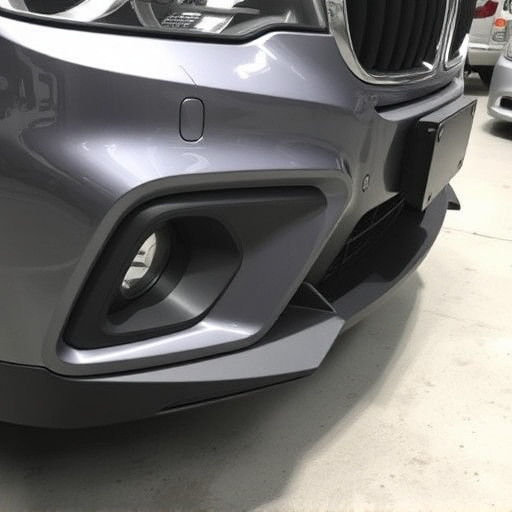
Custom color matching has a significant impact on the cost-effectiveness of auto collision repair and body shop services. Traditional methods often require the use of pre-mixed paints that may not perfectly match the original vehicle color, leading to unsightly patches or imperfections. This can increase the time spent on labor-intensive touch-ups and add to overall repair costs. In contrast, custom color matching leverages advanced technology and expertise to precisely replicate the exact shade of a vehicle’s paint, ensuring a seamless blend that’s virtually indistinguishable from the original.
By using specialized equipment and computer-aided systems, body shop professionals can accurately measure and mix pigments to create tailored colors. This precision approach not only saves on labor costs by reducing the need for extensive manual adjustments but also cuts down on the wastage of paint, making it an eco-friendly and economically viable option. As a result, auto collision repair processes become more efficient, and customers benefit from reduced repair bills without compromising on the quality or aesthetics of their vehicles.
Strategies for Efficient Implementation and Long-Term Savings
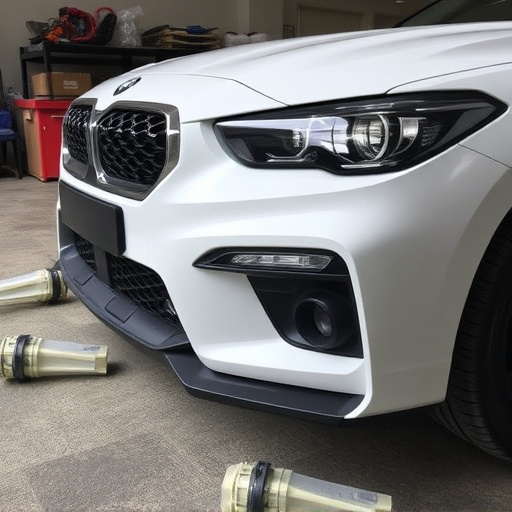
Implementing custom color matching in an auto body repair process can seem daunting at first, but with efficient strategies, it becomes a powerful tool for both technicians and customers alike. The key to successful execution lies in thorough training. Technicians should be equipped with the knowledge to accurately match any color spectrum, ensuring minimal visual differences from the original finish. This skill set fosters customer satisfaction, as they receive repairs that not only fix damage but also preserve the vehicle’s aesthetic appeal.
Long-term savings are another advantage of embracing custom color matching. While initial setup costs for advanced equipment and training might be steep, it pays off over time. By reducing the need for re-painting or multiple attempts to achieve a perfect match, collision repair shops can lower labor and material expenses. This efficiency translates into competitive pricing for auto body services, attracting more customers who seek both quality repairs and cost-effectiveness.
Custom color matching, while offering precise aesthetic restoration, can significantly influence repair costs. By understanding its process and implementing efficient strategies, businesses can shift from cost-intensive traditional methods to a more economical approach. This not only reduces expenses but also ensures long-term savings, making custom color matching a valuable asset in the pursuit of sustainable and effective repairs.
